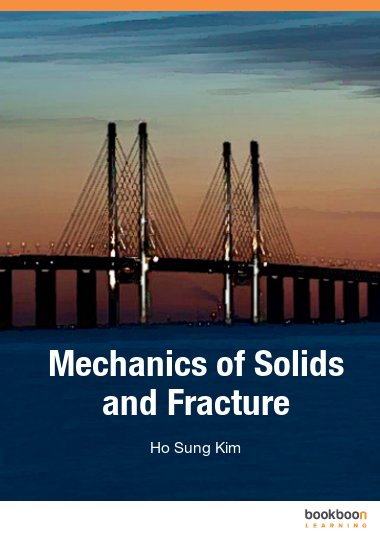The level of knowledge content given in this book is designed for the students who have completed elementary mechanics of solids for stresses and strains associated with various geometries including simple trusses, beams, shafts, columns, etc. At the successful completion of understanding the content, the students will be able to reach a stage where they can do self-directed learning at any further advanced level in the area of mechanics of solids. The emphasis is given on the fundamental concepts for students to quickly follow through for an advanced level if required in the future. Fracture mechanics is included in this book with necessary preliminary steps for those who might have had difficulties with the subject in the past.
About the author
Dr Ho Sung Kim is Senior Lecturer in Mechanical Engineering, University Newcastle, Callaghan, Australia, and an editorial board member for ISRN Materials Science. His main teaching and research areas include mechanics of solids, statistics, composite materials and complex assessment. He has published numerous papers, has assessed various research proposals nationally and internationally, has refereed numerous international journal/conference papers, and has been a session chair to various international conferences. His main contributions in mechanics of solids include a fundamental formulation of essential work of energy for flexible materials, a method for measuring fatigue threshold stress intensity factor, and a theoretical framework of S-N curve, among other things. Also he has established a theoretical framework for complex assessment.
